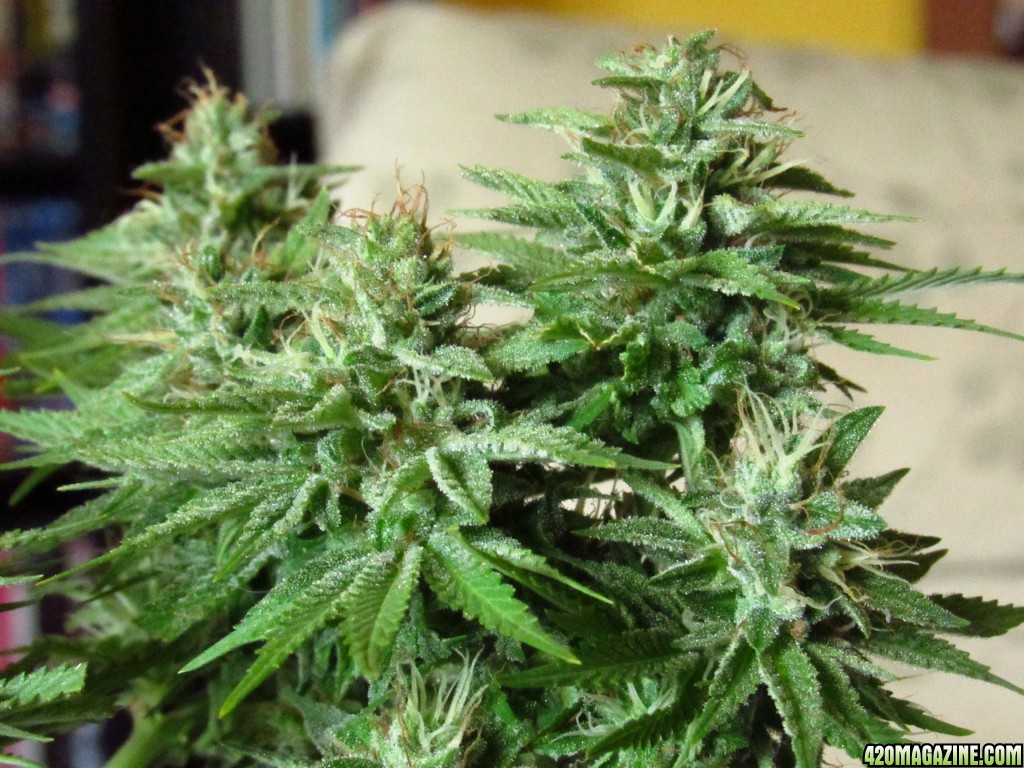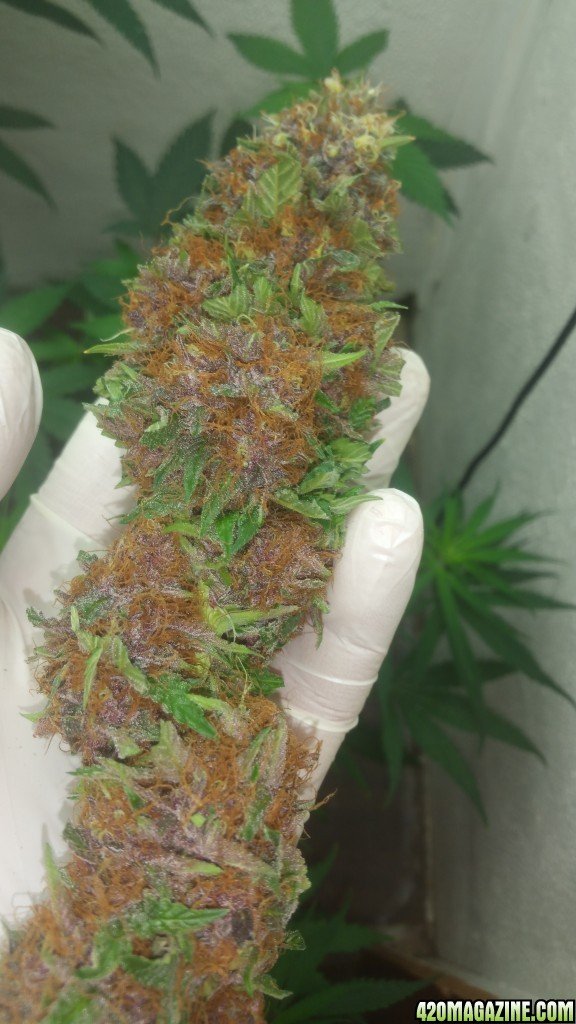Nitrogen is the most important macronutrient for cannabis and for many other plants as it's basic building block for amino acids, which are utilised to form proteins. Nitrogen is also crucial for chlorophyll development, which is a pigment compound, that performs most of the photosynthesis (converting light into chemical energy). It's also responsible for all enzymatic reactions inside the plant.
Cannabis needs nitrogen both in vegetative and flowering stage. It's necessary for the plant as soon as it finishes growing first true set of leaves (between 5-10 days from breaking the ground).
Cannabis uses taproot to explore the soil/medium in search of it to transport the nutrient upwards, where most of the photosynthetic activity takes place. If nitrogen is easily available, then vigorous growth proceeds, but if nitrogen is lacking, plant starts yellowing to wither and die eventually as it cannot survive without it.
For this reason we have to make sure, that amount of nitrogen applied to our plants meets their demand as it becomes higher and higher throughout the grow to peak around mid to late flowering, when IT'S NOT SUPPOSED TO BE RESTRICTED.
Nitrogen is responsible for rapid foliage and stem growth, however too much of it is disadvantageous as well as toxic. Utilised without control it causes leaf curling or clawing, and it stunts the root development by blocking phosphorus absorption and creating toxic conditions for soil bacteria and fungi, which respectively leads to shock and wilting – floppy or flaccid plant that cannot stand on its own.

On the other end of the spectrum we may face nitrogen deficiency, which starts by yellowing of the bottom leaves, when nitrogen is being transported to the top to serve its basic function as a metabolic compound, but plant doesn't have enough of it to keep the bottom green. Usually it's nothing to be worried about unless yellowing progresses to the middle of the plant.
And this leads us to the fundamental question asked by cannabis growers since at least late 60's: how much nitrogen is too much and how much is too little, which is quite difficult to answer as factors influencing nitrogen demand of our plants are multiple.
However, we know that the most important aspect of nitrogen management is LIGHT INTENSITY measured in micromoles (μmol) per square metre (m2). Basically, the lower the light/sun index the lower the nitrate reductase (a type of molybdoenzyme) activity, which cannabis uses to convert nitrate to amino acids, and optimally should be high!
This situation unfortunately leads to a high concentration of nitrates in plant or finished product (cannabis flower), that can be checked via olfactory test (by consuming the flower) or via refractometer reading (by checking the sap of a leaf). The latter one is more indicatory though as it also shows whether plant is metabolising in a desired perimeter.

Additionally, there are four different types of nitrogen, that can be used to feeding the plant. They also trigger different reactions and different metabolic pathways, which means that not every nitrogen molecule will have equal effect, especially that cannabis desires different compounds in different concentrations in different stages of its development.
But again, that's possible to establish with sufficient accuracy by trial and error method and helping oneself with refractometer along the way (lab tissue analysis would be ideal, but this one is close enough).
By checking °Brix levels we make sure, that nitrate is not colliding with cation absorption, which is particularly important in mid to late flowering, and that plant creates enough sugars, that come through as total dissolved solids (TDS)... which really leads us to #highbrix method.
Photo credits: First one from the top is Grape Stomper grown by Doc Bud indoor with his kit. Second from the top is OG Kush grown by me outdoor. Third one from the top is freshly trimmed flower of Sour Strawberry (B.O.G. Seeds) grown indoor in #highbrix soil be Neikodog . All courtesy of 420Magazine
thats very interesting! just curious, what does too much nitrogen "smell like" ie how can one tell there's too much nitrogen in the soil from smell / taste of bud?
Downvoting a post can decrease pending rewards and make it less visible. Common reasons:
Submit
Smell usually starts resembling hay or tea and the taste is harsh, bitter or ammonia-like with foul aftertaste. It's not that difficult really if you know what the difference is... it's a little bit like with wine, you put a nose to it, then you take a sip and you know what you're dealing with :)
Downvoting a post can decrease pending rewards and make it less visible. Common reasons:
Submit
This post has received a 0.70% upvote from thanks to: @conradino23.
thanks to: @conradino23.
For more information, click here!!!!
Send minimum 0.050 SBD/STEEM to bid for votes.
Do you know, you can also earn daily passive income simply by delegating your Steem Power to @minnowhelper by clicking following links: 10SP, 100SP, 500SP, 1000SP or Another amount
Downvoting a post can decrease pending rewards and make it less visible. Common reasons:
Submit